How To Build a Rockery
The origins of rockeries trace back to traditional Chinese & Japanese gardens, where rocks were used as decorative and symbolic elements in design. A rockery is a display of simplistic beauty that can be tended to and enjoyed throughout the seasons.
There are no real rules when it comes to rockeries – allowing individual flair and creativity to take over. Each unique to the space, environment and materials on offer. A recent study was highlighted by The Guardian indicating that rockeries are now strongly back in fashion.
Have a go yourself with our helpful how to build a rockery guide.

Laying The Foundations
Once you have found an ideal spot for your rockery, follow these easy steps on how to build a rockery.
1) begin by clearing & leveling your chosen site.
2) add a layer of bricks or rubble to provide good drainage and use it to start shaping your creation, perhaps building up in height towards the back or creating tiers with rocks or paving slabs.
3) Cover with old turf – this will prevent soil for planting from falling down into the cracks.
4) Cover everything in 15-20cm of soil. Now you are ready to add the rocks!
Adding The Stones
Choose or order stones that speak to you, ones that have something unique or special about them. Think about the size, texture and colours you want to display.
Use large boulders to create individual statements or play around with stacking smaller rocks. Try using pebbles to create tiers or make patterns in the soil with them.
Decorative gravel can be used to create a colourful blanket, hiding the soil underneath and providing good drainage for any plants. Click here for our guide for How To Lay Gravel.
Some great choices for rockery stones include York stone, slate stone & Portland stone .
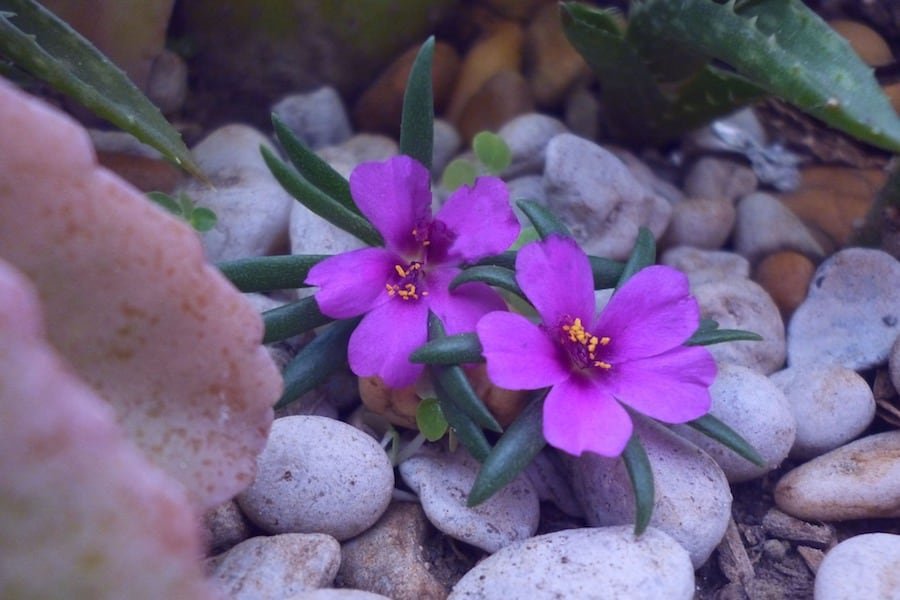
Rockery Plants
Choosing The Right Plants
Spring’s the perfect time to grab your how to build a rockery guide. Stock the beds with plants giving them chance to settle in before winter. Choose one or a variety of these plants to add colour and life to your rockery.
Alpines and their succulent varieties can really transform a rockery- igniting floods of colour and attracting wildlife. They are extremely well suited to the terrain of a rockery with a hardy nature and a need for good drainage. Try grouping smaller plants together to gain a more effective result.
Arabis -provides good ground cover with dense green foliage and fragrant white / pink flowers that attract butterflies.
Thyme Vulgaris – this mediterranean herb is a bushy dwarf plant producing lots of beautiful pink / purple or white flowers in summer with ornate green leaves throughout.
Gentiana Verna – a slow growing evergreen, forming a mat of elliptical leaves, with star shaped, bright-blue flowers with white throats forming late spring.
Conifers
Miniature conifers can create a sea of green focal points during the winter and provide height and interest to a rockery. Ensure you choose slow growing varieties such as:
Chamaecyparis obtusa nana – a dense dwarf conifer with bright green leaves, especially ideal in coastal areas with salty winds.
Juniperus compressa ‘Compressa’ – a slow-growing, dense dwarf conifer with prickly, dark grey-green foliage
Bulb Plants
Dwarf bulbs are a great addition to a rockery, They are miniature, complimenting the alpine plants but are also useful in adding a little height and depth. Some unique choices include:
Chionodoxa which comes in mainly pinks, whites and blues with a ‘blue-bell’ type flower. They grow up to 10cm and flower from March to May. When planted in large quantities they can create a spectacular carpet.
Fritillaria meleagris
otherwise known as ‘Snakes Head Fritillary’ gives an enchanted feel to a rockery. with small nodding flowers which resemble a fairy bonnet in shades of pink and white with darker veins running through them. Flowering in early spring they grow to 20cm.
Choosing The Layout
For our gardens here in the UK – plants which thrive in cooler conditions should face north, while sun-loving plants are better off facing south.
Find the right layout by placing the still potted plants out on top of the soil before planting. Play around and rearrange them until you are completely happy with the placement.
Gently tease out roots and place them in the hole, firm the compost over the roots and finish with a handful of grit or gravel to improve the drainage and help ward off any weed attacks.
Learn From An Expert
This great YouTube video features UK gardening legend Alan Titchmarsh sharing his best how to build a rockery garden advice and tips.
Decorative Rockery Additions
Water
Water is a great addition when thinking about how to build a rockery. Known for its calming qualities, water can tantalise our senses, adding interest with new sights and sounds. Water features can also attract tonnes of wildlife too from song birds taking a bath to fluttering butterflies.
Go big with water cascading down a large stone monolith into a pond, adding plants and fish. Or for a more manageable project why not add a standalone small or medium natural stone water feature with slowly bubbling water, creating a central focal point.
Lighting
Jazz up your rockery further with some creative lighting. Use twinkly lights to add subtle life to the whole display after dark.
Spotlights and uplighting lamps are perfect for accentuating main garden features, such as Slate Stack Pyramids, and gives water a delightfully iridescent look.
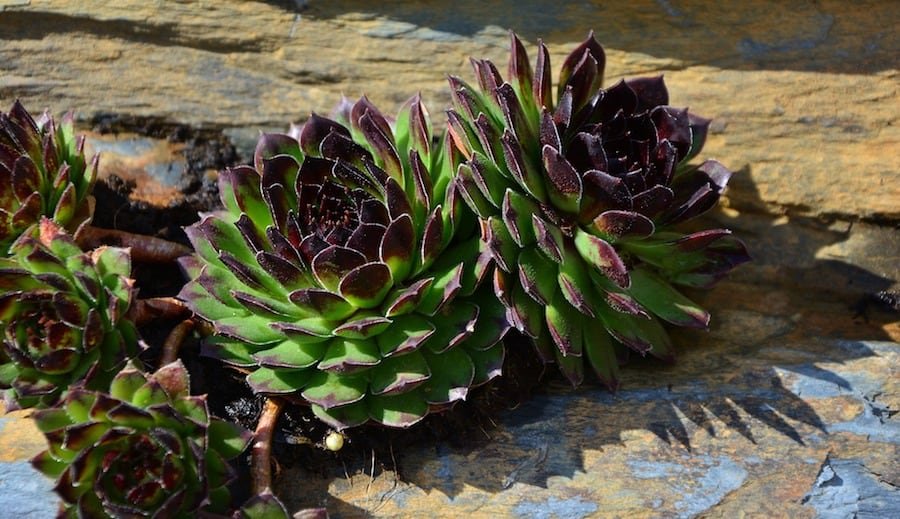
Top Tips – Rockery Maintenance
Keep on top of weeds
Remove weeds by hand and try to keep clear of herbicides as they can run down spoiling rocks and other plants. Be sure to pull the weeds from the root to get all of it from the soil/rock crack and do this on a continual basis to keep your rockery looking harmonious.
Clean your rocks and features
Rocks, stones & features provide a beautiful focal point for your rockery, but over time they can become covered in dirt, leaves & weeds. For larger features and rocks:
1. brush over the rocks with a broom to get rid of excess dirt and loosen stubborn bits
2. power wash to blast off any left over and ingrained dirt and go over with a push broom.
3. For really stubborn stains such as mould or fungus leave to soak in a mild acid solution of white wine vinegar, scrub and power wash any remaining debris.
Keep soil hydrated
Water your plants regularly during the first few weeks after planting even if it hasn’t been particularly dry. Once the plants have established ensure you water whenever leaves look dull of the soil is more than a few inches dry. Soil can dry out much quicker here than other places in the garden – water plants thoroughly with a hose pipe rather than a watering can, unless your rock garden is on the smaller side.

Images courtesy of Pixabay

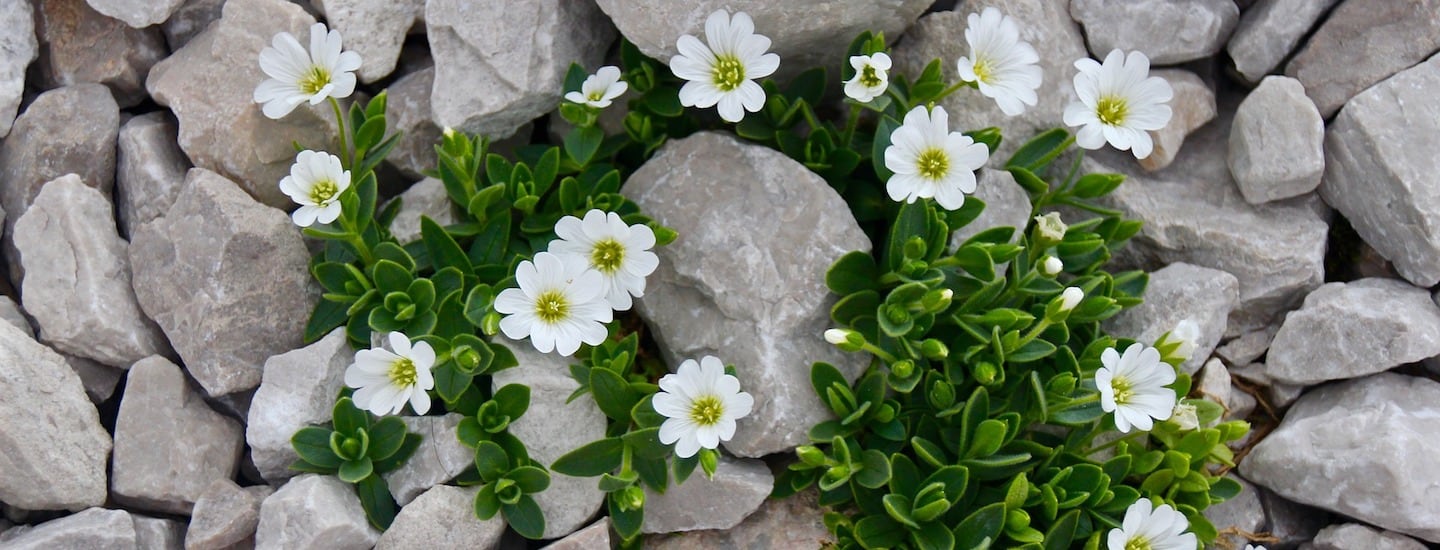
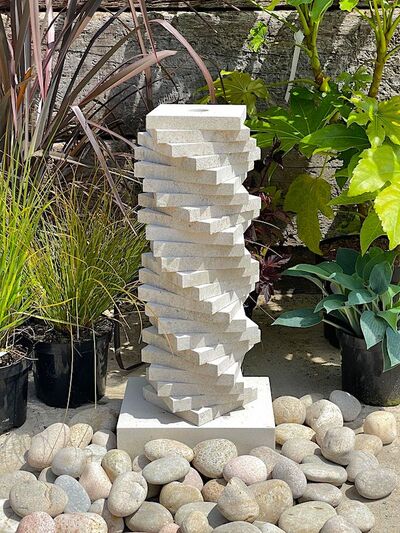
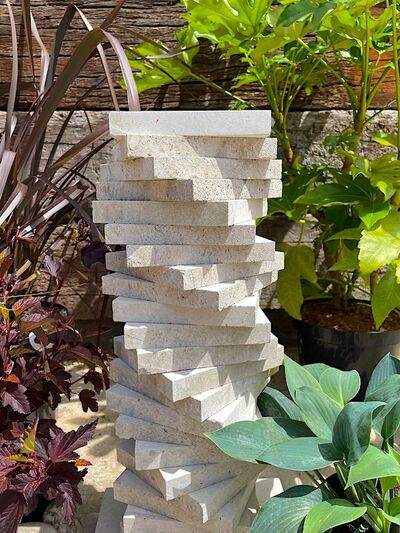

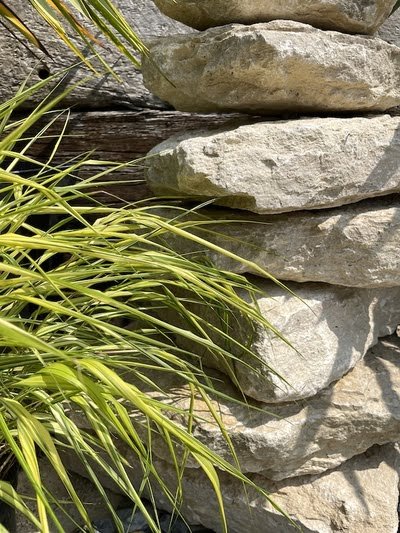

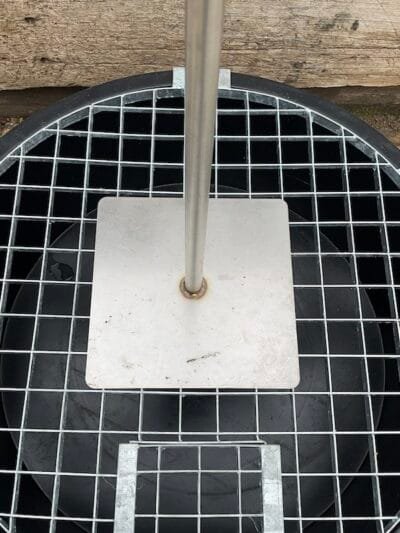
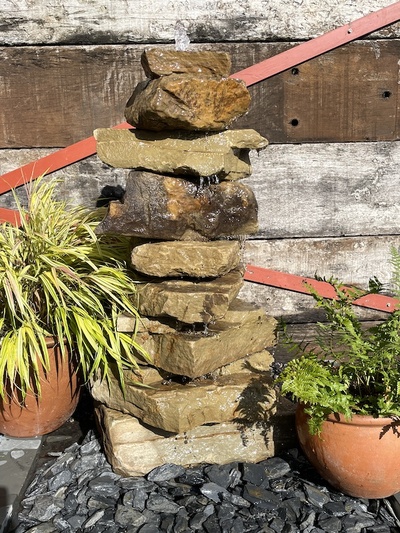
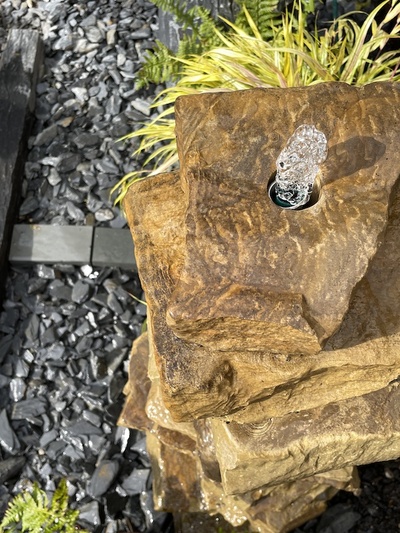
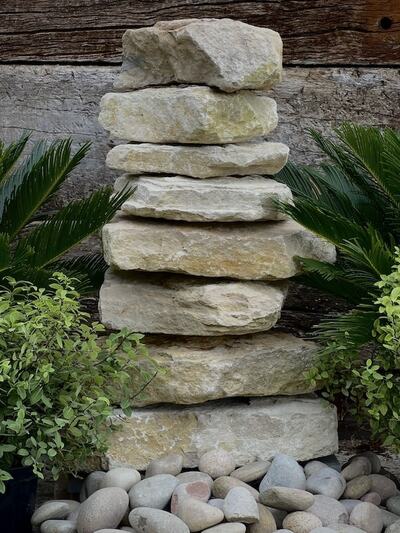
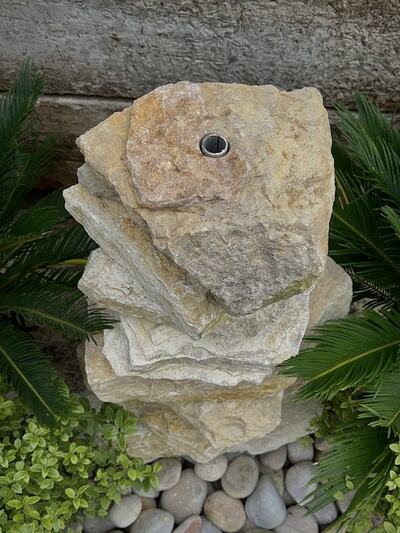
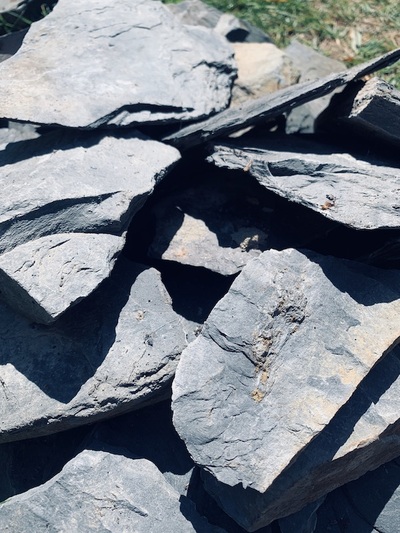
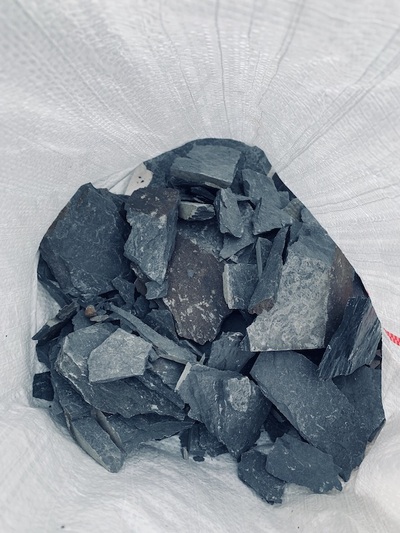
This is a great blog, really helpful. We’re reimagining an overgrown garden now and definitely implementing some of the points I read in this, thanks!!
Brilliant article, loads of information for myself a novice. Cannot wait to start my rockery thank you!